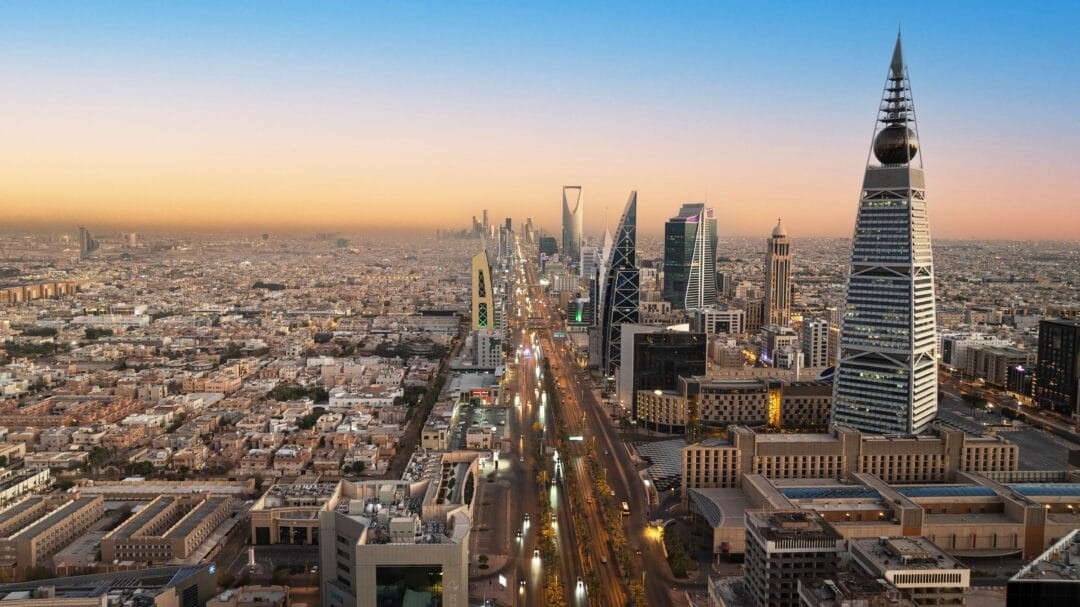
The bold vision in the Kingdom of Saudi Arabia does not depend to become a global flight stage by 2030 only on pioneering tankers such as RIYANH AIR and Mega-Aports in RIYADH, Jeddah and Dammam, but also on a large network of smaller airports that spread across the Kingdom.
The country aims to three times the number of annual passengers to 330 million during the next five years – equivalent to six to eight percent of the global air traffic. While most of this growth is expected to be diverted through the so -called “adult airports”, the lion’s share of the country’s commercial flying infrastructure is located with a less well -known operator: cluster2 airports.
Cluster2 runs 22 of 29 commercial airports in the Kingdom of Saudi Arabia. These facilities extend to the central, northern, southern and western regions of the country, and are vital access points for millions of local and regional travelers. In 2023, Cluster2 airports supported 25.7 million airlines – a number of expected to rise to about 40 million by 2030.
The performance of the Cluster2 network is seen increasingly as a measure of the transformation of aviation in the Kingdom of Saudi Arabia, especially in testing the idea that the emerging middle class will take to the sky of regional cities. This hypothesis supports the “Saudi Aviation Strategy” report for 2022, a document full of ambition and front thinking. Now, after three years, the early signs of progress – or relapses – began to appear.
Fill seats via Cluster2 airports, known as the seat worker, reached 69.1 percent in 2023. Despite his respect, it remains much less than 85 percent seen as healthy in industry. A closer look reveals that approximately 80 percent of the capacity is operated by licensed transport companies from Saudi Arabia, with 77.8 percent of flights that have one of the three major airports. Foreign transport companies, to a large extent from Egypt and the United Arab Emirates, fill a lot of the rest.
The coverage of the road appears wide at first glance – 208 in total, and the calculation of both directions – but many of these services are short of frequency. In three of the four Cluster2 areas, the average track works less than once a day, limiting the choice of the consumer and putting off the commercial returns for airlines.
Another challenge lies in geography and demand. Several cluster2 airports serve agricultural or populated areas with the attractiveness of business or limited tourism. Few provide natural clouds that drive consistent passengers. Exceptions include places such as Yanbu, a red marine port with dived and industrial attractions.
Despite these obstacles, the group is still 2 critical pieces of the flying puzzle. Although its airports may not generate the largest part of the air traffic in the Kingdom of Saudi Arabia, it is necessary for the national communication plan-with linking distant societies and supporting local economic integration. More importantly, it helps relieve pressure on large airports and provide repetition and flexibility in the broader network.
The final success of the RIYANH AIR-, and therefore, the dream of Saudi flight-does not depend on natural stations and long roads, but also on the strength and reliability of the broader ecosystem. The modest but expanding Cluster2 will play a pivotal role in this equation.
With the approaching of 2030, all eyes may be on Riyadh, Jeddah and Dammam. But for those who see the transformation of flying in the Kingdom of Saudi Arabia in detail, the calm corridors managed by Cluster2 may provide the clues about whether this ambitious national strategy will really take.